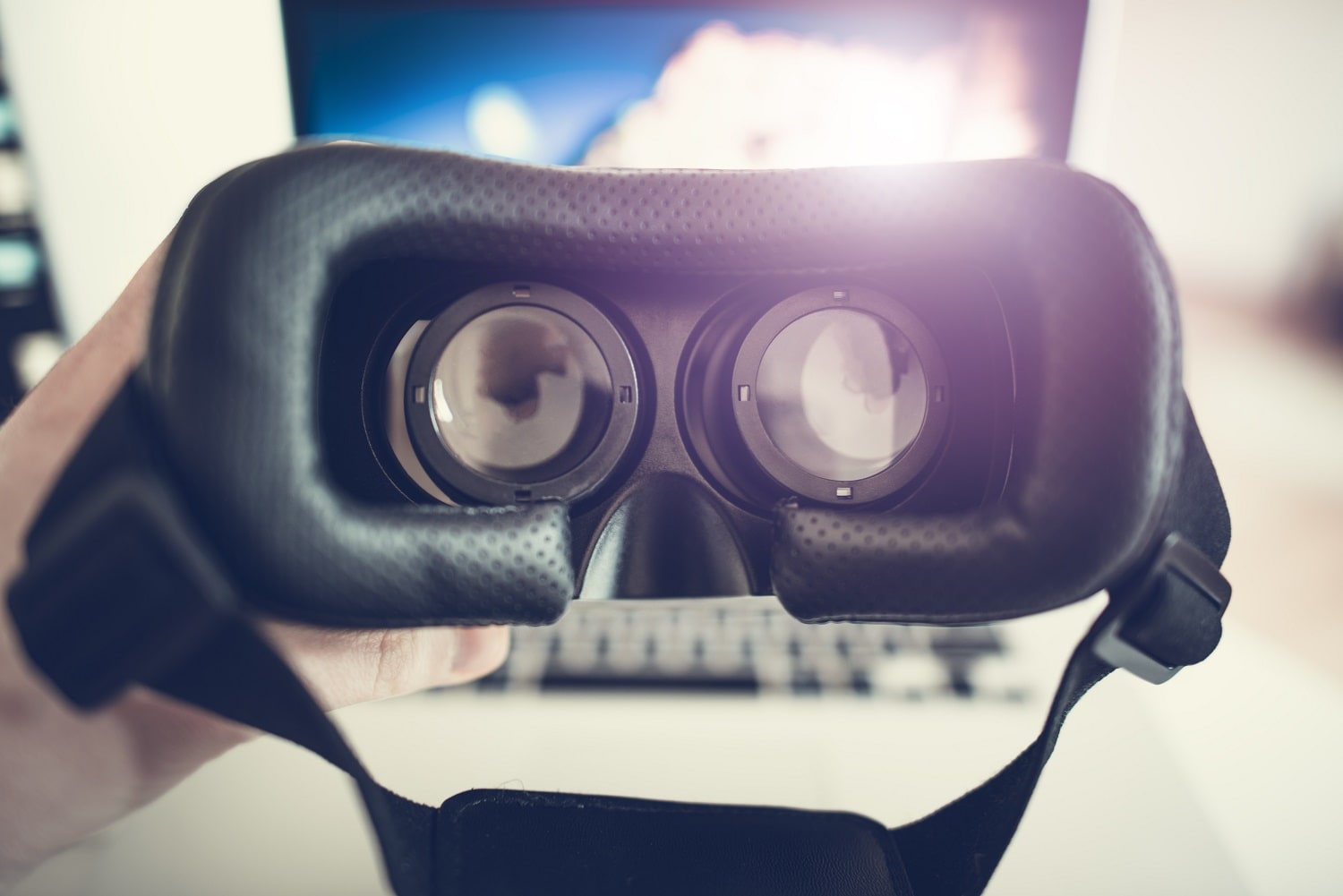
An Interview with Matthew Dula, Founder of the Cannabis Virtual Reality Network
Virtual and augmented reality are breaking barriers never before seen in different industries spanning the globe. Being that cannabis is one of the most significant industries to emerge since the dot-com era, it only makes sense that it would utilize the most innovative technologies and sciences to help break barriers.
Per Oxford Dictionaries, virtual reality (VR) is defined as “a computer-generated simulation of a three-dimensional image or environment that can be interacted with in a seemingly real or physical way by a person.” VR is an exciting way for people to experience different places around the world as though they were there in person. Depending on the devices being utilized and the specific scenario, it can be quite realistic.
Augmented reality (AR) is a bit different but offers many benefits to the cannabis industry. For example, Oxford Dictionaries define AR as technology that “superimposes a computer-generated image on a user’s view of the real world.” This provides the end-user with a composite view of the real world with an overlapping computer-generated image. One great example of AR that many people are familiar with is the hit game that took the world by storm, Pokémon Go. In the cannabis sector, however, AR could offer a great solution to the many advertising and marketing obstacles facing businesses in the legal industry.
This month, I had a chance to speak with Matthew Dula. Dula is a veteran and the founder of the Cannabis Virtual Reality Network (CVRN). CVRN currently offers several different VR offerings, including an inside look at cultivation centers, dispensaries, expos and more. These experiences are available for viewers to explore online, without any special equipment requirements.
Emerald Magazine (EM): What is the CVRN?
Matthew Dula (MD): The Cannabis Virtual Reality Network is an immersive media company providing augmented, virtual and mixed reality experiences for the cannabis industry.
EM: What type of content can our readers expect to see in the coming months from CVRN?
MD: We are working on providing more virtual reality and 360-degree content from cultivation facilities and farms and extraction and manufacturing labs, and live-streamed entertainment like festivals and concerts in the cannabis industry. On the AR side of the house, we are working to provide marketing opportunities to companies to augment their pre-existing materials for higher immersion and branded experiences. We also should be opening up our library of 3D models of company products and brands.
EM: Are any special tools or gadgets required to experience the full effect of what CVRN offers?
MD: We built our ecosystem for the lowest common devices, which are laptops and mobile phones. All of our products and services can be viewed native on any device. However, to truly experience CVRN, having a VR headset like the Oculus Go will truly put you into the subject matter.
EM: What was your drive behind creating CVRN?
MD: Traditional media in the cannabis industry are lacking the ability to bridge the gap with an audience base that has a hard time relating to it because of our federal prohibition. If you live in a state that doesn’t have a legal cannabis industry, how are you to ever truly understand issues like cultivation, manufacturing, current affairs, medical discoveries and personal experiences with 2D? With 360-degree video, VR, AR and MR, we can put people into cannabis, helping to break down political, economic and legal barriers to speed up people’s understanding of the best commodity we have ever had the privilege to grow.
EM: How has cannabis helped you?
MD: I left the USMC in 2014 after five years and two tours (Afghanistan, 15th Marine Expeditionary Unit). I exited with a handful of medications and no direction. Cannabis, and specifically CBD, allowed me to heal and get off my meds. That peace and the gift of my new health and freedom directed me to make cannabis my life and show my path of healing to others. CVRN is the tool I use to share that power.
EM: How did CVRN come to fruition?
MD: CVRN, Inc. was founded in late 2016 out of the Cucalorus Film Festival in Wilmington, North Carolina. I was asked to participate as one of the 10×10 entrepreneurial founders showcasing Port City Dispensary, my first venture in the industry. I was shown the power of immersive media and immediately began working with the professionals from Expect VR to create CVRN.
EM: What is the process for being included in one of your offerings or acquiring your immersive reality services?
MD: We would love to work with any company who wants to help their customers immerse into the brand with our services. E-mail us at info@cvrnusa.com, or visit our website at www.cvrnusa.com, to speak to us about what CVRN can help you achieve. We would love to work with activists, lawyers, lobbyists, patients and non-profits to create experiences to share with our representatives and members of Congress regarding why we need prohibition repealed.
It was an honor speaking with Dula for this interview and learning more about virtual and augmented realities as well as how they can help the cannabis space to advance. Through offerings such as those presented by CVRN, technology and science can help break down the barriers that still surround this widely misunderstood plant and can help free it from the chains of prohibition once and for all.
“Federal legalization is closer than we suspect, but we still have critical work as an industry to do to showcase why cannabis is so important.” Matthew Dula, CVRN
Written by Ashley Priest



The website/url provided is not working. I would like to connect with this company.